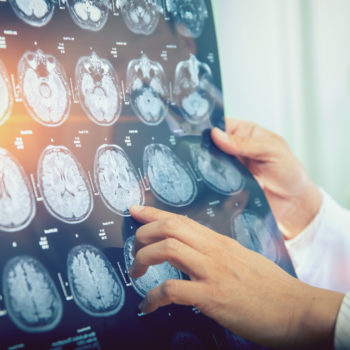Migraine, which is on the World Health Organization’s list of disabling diseases, is statistically affecting 12-14% of the population. It manifests itself in an intense pulsating pain in the temples, associated with nausea, vomiting, photosensitivity and phonosensitivity and it can last a few days. Few therapies are available on the market related to many side effects. However, the most recent pharmaceutical research has produced new studies that could lead to the creation of new more targeted remedies and with fewer side effects.
The solution under EMA and FDA screening
The European Medicines Agency (EMA) and its US counterpart, the Food and Drug Administration (FDA), are investigating the effects of two molecules whose tests currently seem to be performing well. These are two antibodies that in some individuals are able to reduce migraine attacks by 50% without significant side effects. According to Peter Goadsby, a researcher at King’s College in London and author of the study still in progress, the two molecules studied are remarkable precisely for their ability to act on symptoms in a targeted way, a novelty compared to drugs currently on the market.
Pain “switches off” like a switch in half of the cases studied
The molecules act as a sound-absorbing wall. By cutting out and sedating the disturbing background that causes the annoying symptoms, the system is not aggravated by annoying noises and the pain disappears. Chemically, the new drug is able to turn off the switch of the CGRP molecule (peptide related to the Calcitonin gene), the vasodilator responsible for transmitting the painful pulse during migraine attacks. This happens, however, only in 50% of subjects treated with experimental therapy, a result that is interesting, considering that the side effects of the drug are very limited.
It should be remembered, however, that migraine is a very complex pathology, the pathogenesis of which is the result of various neurotransmitters and not only CGRP such as: serotonin, substance P, nitric oxide, neuroquinine A. In addition to genetic factors, environmental factors also play a significant role. All this makes it very difficult to treat this disease.
The placebo component and the high costs between the contractions of experimentation
It is still unclear how placebo is a key factor in the good results achieved so far in the application of the new treatment for migraine. In subjects treated with the new molecules still under investigation, symptoms decreased in a significant percentage of cases.
The other significant problem is the cost of treatment, which, as researchers themselves admit, would be extremely costly to produce. If it was successful, it is therefore likely that this new therapy would be made available only to the most serious cases, that is to those subjects who manifest headache crises so close as to prevent a normal life.
The Italian contribution to research
Italy, through the various hospital headache centers, is also making a significant contribution to the research underway with the experimentation of these new anti-CGRP molecules. This is an innovative approach to the problem and this path taken could soon produce excellent results and finally good news for those who suffer from this disabling disease habitually.





